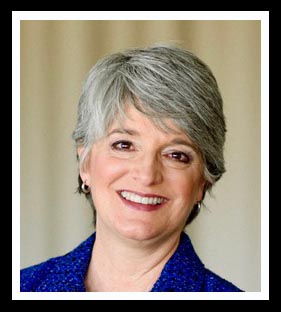
freedigitalphotos.net by varanda
Learning how to let go of your emotional clutter is out topic of today. Let’s continue with our discussion we started with my last ADD Success blog post, “Your Emotional Connection to Clutter”, about how to clear clutter you’re emotionally attached to.
If you’re trying to clear out clutter you’re emotionally attached to, you have to be extra smart and use tricky approaches in getting rid of the clutter.
Many disorganized people are sentimental. I certainly am. We attach deep memories to stuff; old photos, letters, vacation souvenirs, baby clothes your now-grown children wore. Many things have meaning.
6 Tips for How To Let Go of Your Emotional Clutter:
1. Before trying to tackle your important sentimental stuff, get rid of the stuff that isn’t so important. That way you’ll have room to keep the sentimental things that mean so much to you. Remember, if you don’t like or use something than get rid of it. If you still don’t have room for your sentimental emotionally attached treasures then you’re going to have to make some tough decisions.
2.What about things like baby clothes, artwork and your children’s toys? Just the thought of getting rid of these can tug at the heartstrings. However, the reality is most homes don’t have enough space to keep all of the stuff. Remember, if you think everything is important nothing is important. Go through these things and pick out the few that are truly meaningful for you.
3. Use Museums. Okay not a real museum. What I call a museum is a box or bin with a lid where you can store those memorable items you just can’t part with. The only hard and fast rule is the box has to have a lid. I find most people like to have different types of museums. You might have one for old work projects, one for each child to save art work, cards and special baby clothes. In my Dana Museum I keep ticket stubs, postcards and memories from trips. Get creative. Why the lid? Because than your box is easier to store, looks more organized, and there’s a limit on how much stuff you can cram in there. When your museum gets full you can go through and get rid of the things that aren’t as important anymore.
4.Give the things you can’t keep to a meaningful home. Sometimes it’s easier to get rid of things you don’t have room to keep if you give them to a charity you find very meaningful. I’ve had clients lose their resistance to getting rid of sentimental baby clothes by giving them to them to a safe house for battered women.
5. Use them. Instead of stashing useful sentimental items in a bin, put them to use. I use my grandmother’s egg cup to hold paperclips on my desk. Her coffee cup is my water glass by the kitchen sink. Her things have a useful job and reminds me of my grandma’s unconditional love for me.
6. Photos aren’t as much of a problem in this digital age as they used to be. However many of my ADHD coaching clients are befuddled about what to do with the photos they do have. Unless you are a successful “scrapbooker” don’t even think you’re going to put the photos in a scrapbook. Making scrapbooks can be tedious and overly detailed. Most people with ADHD will buy the scrapbooking materials, never actually finish the scrapbook, and then feel guilty about it. My favorite thing to do with photos is to label them if you can but don’t get hung up by that, get a pretty chest and pile all the photos in there as they come in keep the chest in a place where you can see it and enjoy looking at them occasionally. And remember, the chest has got to have a lid.
Of course it is going to be difficult to let go of things, but realize that we are not our stuff – we are more than our possessions. Memories are not under our beds. Memories are within us, not within our things.
Holding on to stuff weighs on us mentally and emotionally. Letting go is freeing. Honor your past without cluttering your present — find your balance! Learning how to let go of your emotional clutter is key.

 Tired of struggling with ADHD? You’re in the right place. ADHD Success is loaded with free, practical tips to help you get organized, manage your time, and live more easily with Adult ADHD. Like what you read? Sign up for the newsletter now! No Spam. I promise!
Tired of struggling with ADHD? You’re in the right place. ADHD Success is loaded with free, practical tips to help you get organized, manage your time, and live more easily with Adult ADHD. Like what you read? Sign up for the newsletter now! No Spam. I promise!
0 Comments